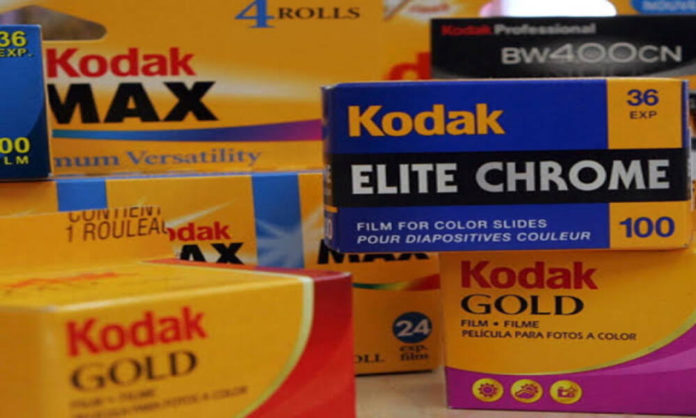In the corporate realm, many business leaders confidently declare their company’s strategy, armed with ambitious goals and compelling slogans. Yet, beneath the façade of control, there lies a stark reality – the potential for grave mistakes that can lead to disastrous outcomes.
It’s not uncommon for leaders to articulate a vision without fully considering the practicalities of execution. A well-crafted strategy may falter if the organization lacks the necessary resources, technology, or a clear roadmap for implementation. The gap between aspiration and execution can spell trouble.
A Reddit user started a discussion about “What company led to its own bankruptcy or teetered on the edge due to poorly considered and/or unnecessary decisions?” The thread highlighted compelling cases illustrating how a single misstep can jeopardize an entire enterprise. Here we are displaying some of the examples of these brands who failed to mark the edge.
1. JC Penny
JCPenney’s attempt to be transparent by eliminating traditional sales tactics faced a backlash. The decision to adopt consistently low prices instead of inflated discounts aimed to counter deceptive practices. However, it backfired, suggesting that customers were more inclined to embrace the illusion of substantial discounts rather than appreciating the honesty behind JCPenney’s strategy. In the end, the shift in approach failed to resonate with the consumer base.
2. Yahoo
In 1998, Yahoo turned down the opportunity to purchase Google for $1 million. In 2002, Yahoo attempted to acquire Google for $3 billion, but Google held out for $5 billion, resulting in Yahoo rejecting the deal. In 2006, Yahoo aimed to buy Facebook for $1.1 billion, but a reduction to $800 million by Yahoo’s CEO led to Facebook withdrawing from the agreement. In 2008, Microsoft proposed a $44.6 billion acquisition of Yahoo, which Yahoo declined. Finally, in 2016, Verizon successfully acquired Yahoo for $4.6 billion.
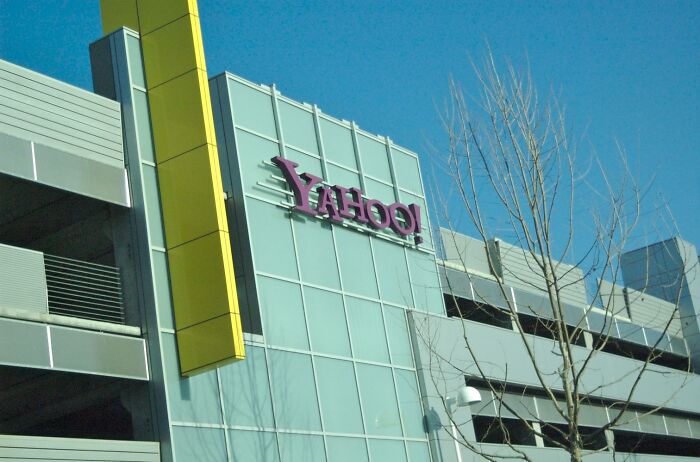
3. McDonald’s Pizza
While McDonald’s venture into pizza didn’t lead to bankruptcy, it was far from a success. Initiated 30 years ago, the pizza endeavor proved to be a costly failure for McDonald’s. As a result, the introduction of fresh-baked muffins arose as an attempt to repurpose the pizza ovens and salvage some value from the investment.
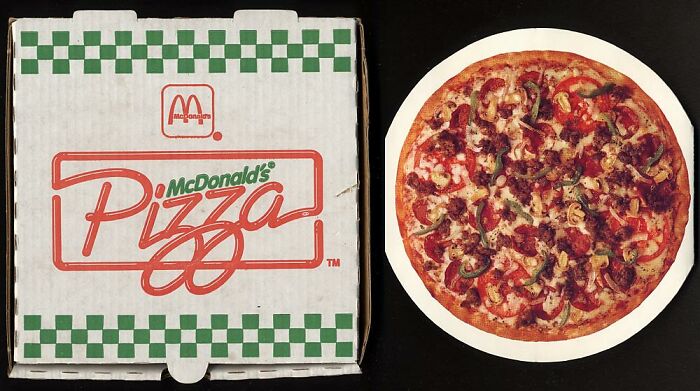
4. Microsoft
Steve Ballmer faced criticism for his decisions during his tenure at Microsoft, expressing skepticism towards smartphones and the cloud. Some considered these views as detrimental to the company’s progress. Additionally, taking on significant debt and other questionable moves added to the challenges. The subsequent CEO, however, is widely recognized for steering Microsoft in a more positive direction, demonstrating effective leadership.
Read More: Doritos Introduces Crunch-Cancelling Technology For Noisy Eaters
5. Red Lobster
Red Lobster’s unlimited king crab leg deal backfired when they underestimated customers’ determination. Despite the expectation that people wouldn’t spend hours eating king crab legs, the deal attracted a significant number of customers willing to do just that. The slow-serving strategy didn’t deter patrons, leading Red Lobster to incur substantial losses, ultimately amounting to millions.
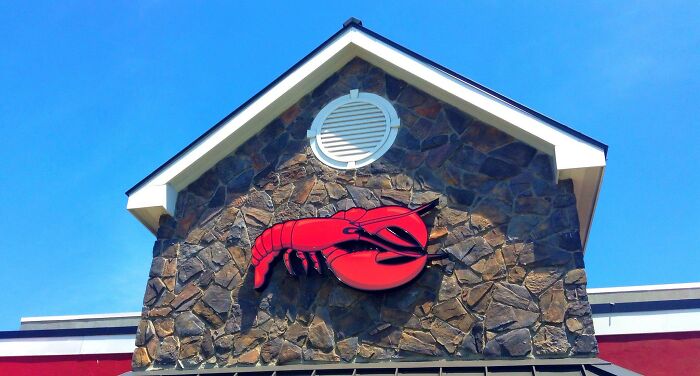
6. Sears
Sears, a retail giant with a century-long history of catalog and mail-order business discontinued this operation in 1993. Remarkably, just a year later in 1994, Amazon was founded. The shift from traditional mail order to the online retail model marked a significant transition in the way consumers access a wide range of products.
7. Kodak
Kodak faced a significant setback when it opted not to embrace digital photography, leading to a decline in its market presence. However, the company managed to make a comeback several years later by diversifying into new areas, including imaging technology, print systems, and more. While Kodak experienced a resurgence, the digital shift had a lasting impact on the company’s trajectory.

8. Quiznos
Quiznos faced a downfall when the corporate decision to acquire vendors and mandate franchises to purchase materials exclusively from them led to significant price hikes. The inflated margins proved unsustainable, resulting in financial strain for franchisees. This ill-fated strategy ultimately contributed to the closure of many Quiznos stores as the company unintentionally undermined its own franchisee network.
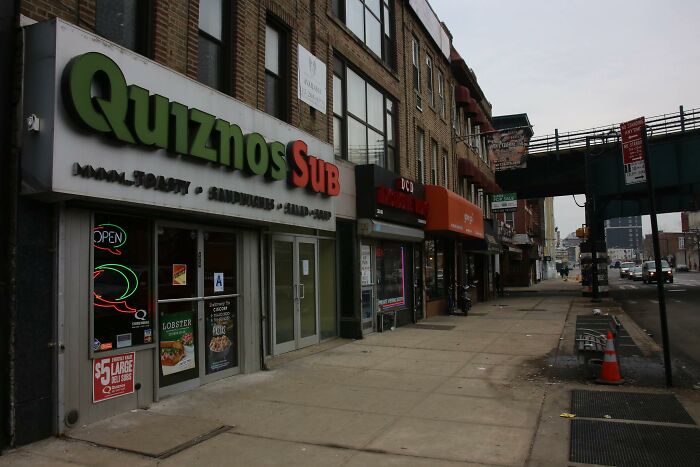
9. Nokia
Nokia’s failure to adapt to the smartphone era indeed played a crucial role in its decline. The company, once a dominant force in the mobile phone industry, struggled to keep up with the rapidly evolving smartphone market. Missing the transition from traditional mobile phones to smartphones led to a loss of market share and relevance. While Nokia has made attempts to reposition itself in the market, its failure to embrace the smartphone trend significantly impacted its standing in the mobile industry.
10. Barnes & Noble
Barnes & Noble faced challenges by expanding store size while reducing the book inventory. The shift towards larger spaces with fewer books may have compromised the unique appeal of a bookstore. As consumer preferences evolved and online retailers gained traction, this strategy contributed to Barnes & Noble’s struggle to adapt. The company has grappled with finding a balance between physical retail space and a diverse, compelling book selection in the face of changing market dynamics.

Read More: Doritos Launches Its Controversial ‘Coriander’ Flavored Chips
Unbelievable! What are your thoughts about these decisions? Let us know in the comments below.
Stay tuned to Brandsynario for the latest news and updates.












































